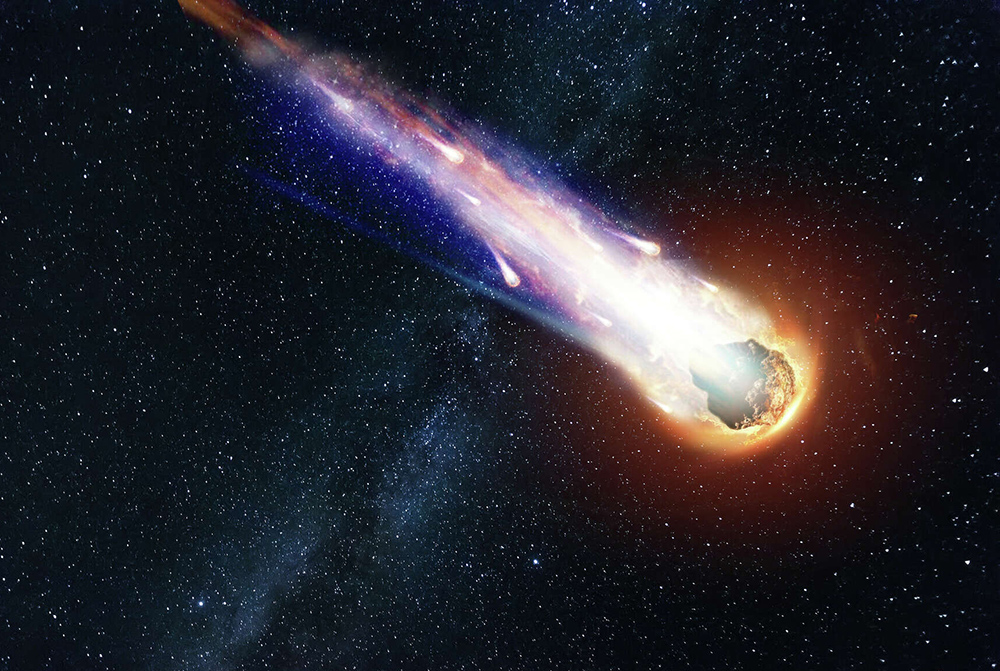
A fireball is a brighter-than-usual meteor.
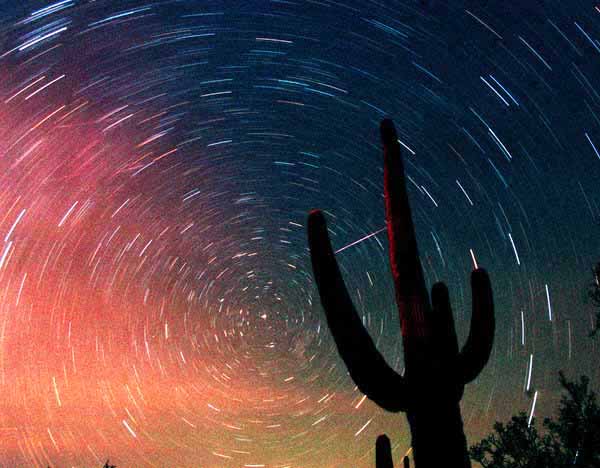
The Leonid Meteor Showers peaked November 17-18, 2022

A fireball is a brighter-than-usual meteor.

The Leonid Meteor Showers peaked November 17-18, 2022
Eerie green fireball detected hours before smashing into Lake Ontario in the dead of night Live Science - November 22, 2022
A renegade meteor flared in Earth's atmosphere in the wee hours of Nov. 19, creating a bright green fireball in the sky over the eastern US and Canada. This fireball was a small meteor, detected by astronomers just three hours before it tumbled through Earth's atmosphere, caught fire and broke up into hundreds of pieces. Most of those pieces likely smacked straight into Lake Ontario, though some small chunks may have impacted land on the lake's southern shore, according to NASA.
Asteroid 2022 WJ1 impacts Earth over Niagara Falls, becoming the 6th asteroid to be detected before impact Watchers - November 20, 2022
A newly-discovered asteroid designated 2022 WJ1 impacted Earth's atmosphere over Niagara Falls at 08:27 UTC on November 19, 2022, becoming the 6th asteroid to be discovered before impacting Earth.
2022 WJ1 was a tiny asteroid on a collision course with Earth. But astronomers saw it coming, and NASA's Scout impact hazard assessment system calculated where it would hit Live Science - November 23, 2022
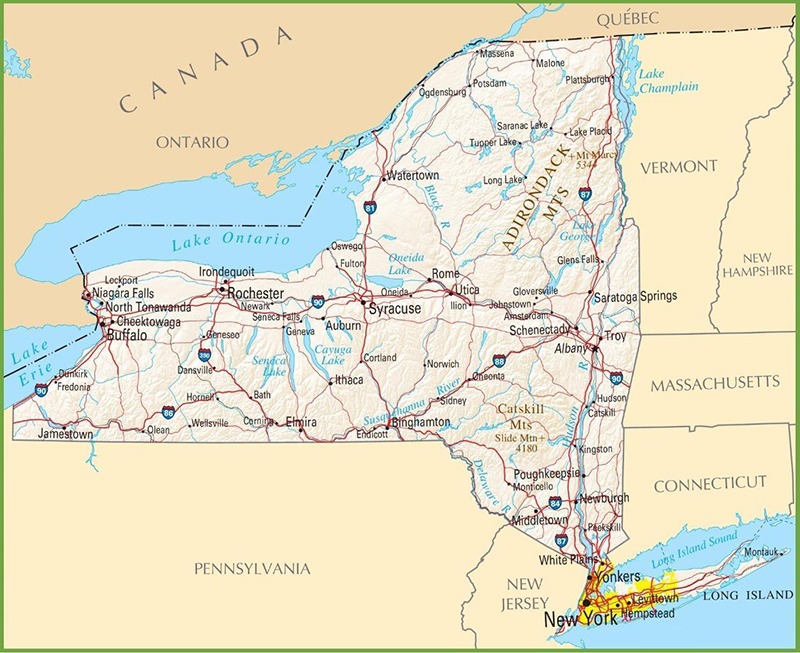
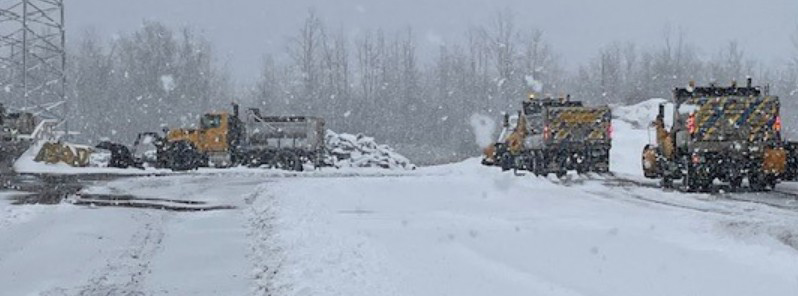
Lake Effect Snow Event produced record-breaking snow amounts around the Great Lakes highlighted in Buffalo where they had over six feet of snow.
Thundersnow, also known as a winter thunderstorm or a thundersnowstorm, is a kind of thunderstorm with snow falling as the primary precipitation instead of rain. It is considered a rare and unusual phenomenon. It typically falls in regions of strong upward motion within the cold sector of an extratropical cyclone. Thermodynamically, it is not different from any other type of thunderstorm, but the top of the cumulonimbus cloud is usually quite low. In addition to snow, graupel or hail may fall as well. And the heavy snowfall tends to muffle the sound of the thunder so that it sounds more like a low rumble than the loud, sharp bang that you hear during regular thunderstorms.
There are usually three causes of thundersnow such as a normal snowstorm that sustains strong vertical mixing which allows for favorable conditions for lightning and thunder to occur. It can also occur from the lake effect or ocean effect thunderstorm which is produced by cold air passing over relatively warm water; this effect commonly produces snow squalls over the Great Lakes. Continue reading
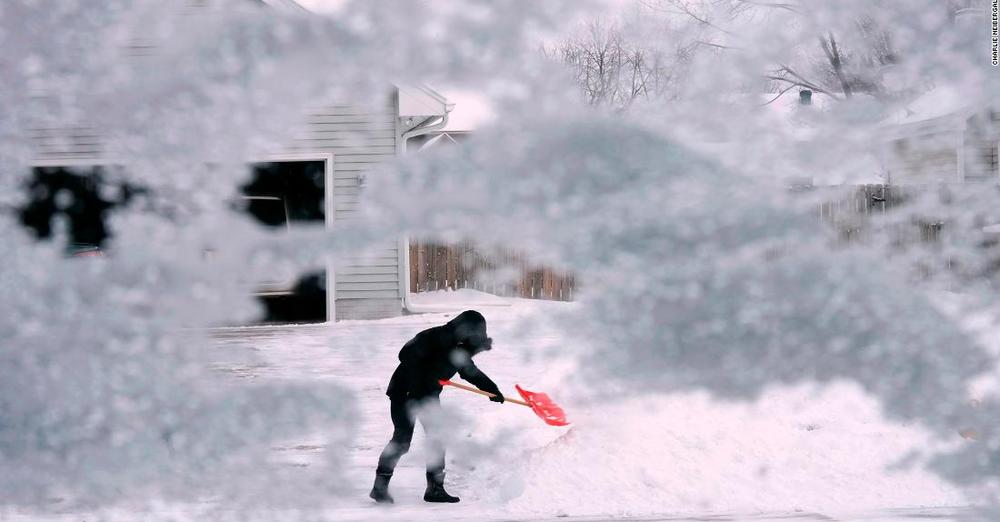
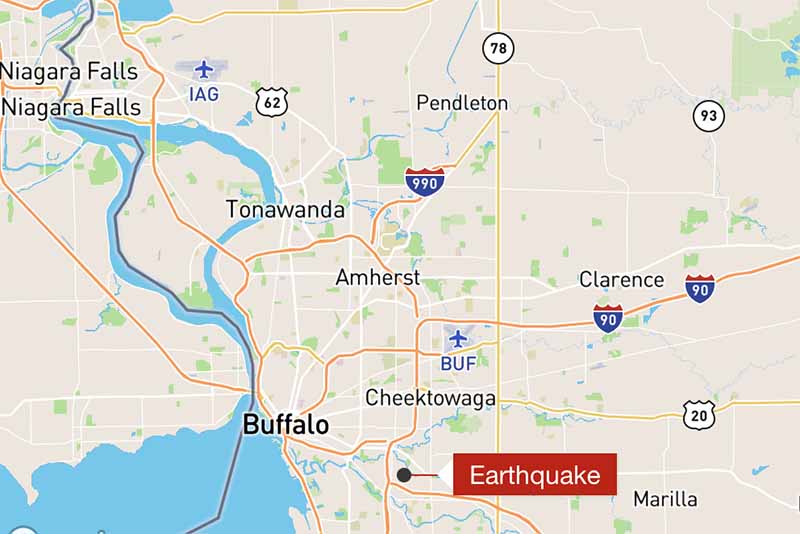
A 3.8 magnitude earthquake rattled the Buffalo, New York, area early Monday. The quake struck around 6:15 a.m. and was centered just over a mile northeast of West Seneca at a depth of about 1.9 miles, the US Geological Survey said. There were no immediate reports of damage or injuries, the Buffalo office of the National Weather Service said.
The earthquake comes weeks after the area endured a deadly winter storm that left 39 people dead in Erie County and the city of Buffalo buried under nearly 52 inches of snow. The county also issued a 'code blue' warning last week and opened three warming shelters as dangerously cold temperatures gripped the northeast.